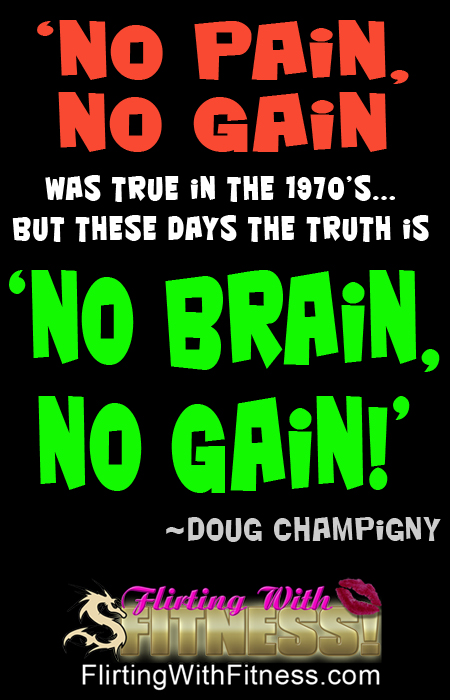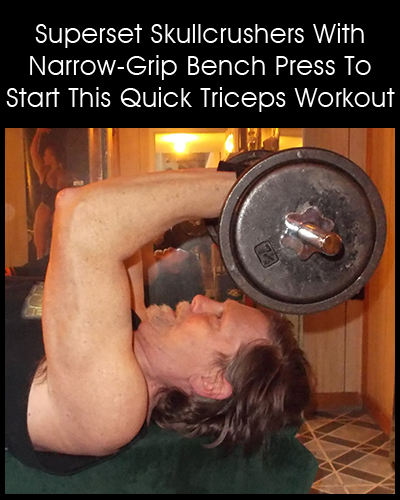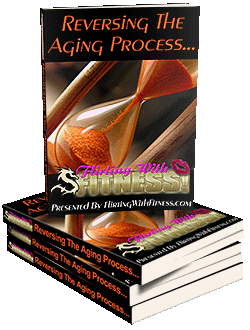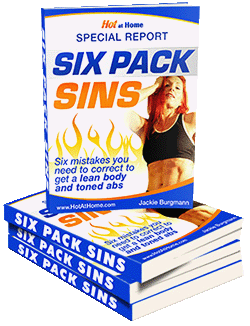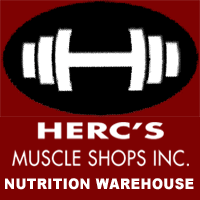Seniors beware – there’s a lot of bad advice out there… People telling you you need to take everything easy now “at your age”, people, even doctors, advising you your loss of strength is just a “normal part of aging”, etc. etc. etc. Decades-old ideas don’t cut it in today’s healthy aging world!
I have even heard younger personal trainers, trying to be helpful, advising that older people need to start lifting lighter than they have been for years when they were “younger” and, worst of all, lumping all seniors into one group when it comes to health and fitness. It’s not surprising – it’s the same mindset that has companies retiring you at 65, right at the peak of your knowledge and experience, and based entirely on the notion that you’re suddenly somehow less because of that 65th birthday.
So what IS the truth about health and wellness for those 50 and over? The truth is that everyone is different, and each of us has spent the first half-century differently. We’ve faced different emergencies, different nutrition, different career paths, different family lives and differing levels of fitness and activity. We can assume very few if any ever tried to be unhealthy, but with few exceptions we’ve all only been flirting with fitness so far in our lives (hence the name of this site 😉 ).
There are, though, certain commonalities that we CAN all benefit from to help us delay or avoid a lot of the health issues people equate with the ‘normal aging process’. So let’s take a look at just what most can do to vastly improve their quality of life compared to the common view…
Nutrition:
All too often nutrition becomes lower priority to people as they age – maybe they aren’t as hungry, maybe they can’t be bothered, or maybe they’ve just built up bad eating habits over the years and continue to consume fast-foods as a major part of their diet. And don’t kid yourself into thinking you can’t afford to eat right – eggs are still one of the healthiest and least expensive foods we can consume.
How is YOUR food intake currently? Are you getting enough protein to protect your muscles, or even maybe help them grow? Are you consuming the right amount of food for your desired weight? Being at a healthy weight helps in a lot of ways, and to make a point, have you ever seen an obese person in their 90’s?
Exercise:
Just like earlier in your life, proper exercise goes hand-in-hand with nutrition to help keep you healthier and happier. For many, if not most seniors, physical activity nosedives once we retire. We’re not up and about the same, we’re not walking as much going to or at work, and our general overall activity level drops more and more as time goes on.
Think about it for a minute – we’re not getting weaker with less energy because we’re getting older, we’re losing muscle and energy because we’re less active and not fueling our bodies properly!
Cardiovascular health can usually be maintained, or at least kept to an improved level, by walking daily – a 30-minute walk once or twice a day can have a major benefit for you. If you can’t walk for 30 minutes, walk to the corner and back today. Tomorrow, walk half a block past that corner and back. The day after walk 2 blocks and back. Increasing your capability in tiny increments over time WILL get you there.
Strength training is just as important, both for your strength and for your bone density. If you’re already in reasonable shape or better, either join a local gym or start building your home gym. If weight-training is new to you, start small and build from there. If you’ve been weightlifting for years, there’s no need to start slacking off – keep going and continue to increase the weights from time to time to continue your progress.
If you feel you’re currently too weak for that, visit your local sporting goods store, WalMart, etc, and look for their freeweights section. Can you do 10 curls with the 2-pound (1KG) dumbbell? If so, how about the 5-pound (2.3KG)? When you find the weight you can do a couple or more with but can’t get 9 or 10 – BUY THAT DUMBBELL! You just found your perfect weight to start with. Once you’re able to use it easily to get your 3 or 4 sets of 10, it’s time for the next one up!
Once you progress to being able to do the bigger exercise like say deadlifts or goblet squats, going heavier over time also helps to restore and protect bone density, a major issue particularly to post-menopausal women but affecting men too as we age. Reducing falls and having less probability of broken bones can greatly enhance your daily life!
Sleep:
Another negative health situation faced by many seniors is insufficient sleep. Perhaps it’s caused by the lack of exercise and not being tired by the end of the day, perhaps emotional or situational worries are keeping you up at night. Remember – no one ever solved their problems by laying awake worrying about them!
You need your 7-9 hours of sleep each night – not only to help fuel the next day, but because the body uses that period to repair and build your system. Great workouts with too little sleep won’t help you as much as average workouts with a full night’s sleep. If you’re having issues with your sleep, not being able to sleep for more than 3 or 4 hours at a time, use afternoon naps to help bridge the gap until your new exercise patterns make it easier to fall into a deep sleep each night.
There’s a lot more to say on each of these areas, and some other factors that come into the healthy aging equation as well, but I’ll leave all that for future posts. For now, understand that you DO NOT want to jump out of bed tomorrow and tackle all this head-on. You could end up disillusioned, hurt yourself or worse – the exact opposite of what we want. You’re an intelligent, dignified person so proceed in exactly that manner. While you should start now, start slowly and build from there as you see how your body and system react.
Don’t worry – you still have plenty of time to ramp up your efforts along your healthy aging path – after all there are more than 10,000 people in today’s world still living at home who are already over 100 years old – and more and more join the centenarian team each year. When someone tells you they don’t want to live to 90 or 100, it’s because they picture unhappy, unhealthy years. Let’s all show them the error in that attitude by becoming sterling examples of healthy aging ourselves!


